One-to-One
AKA "Has One"
Overview
A one-to-one association states that a model may only be associated with one other model. In order
for the model to know which other model it is associated with, a foreign key must be included on one of the
records along with a unique database constraint on it.
There are currently two ways of handling this association in Waterline.
Has One Using A Collection
In this example, we are associating a Pet with a User. The User may only have one Pet and viceversa, a Pet can only have one User. However in order to query from both sides in this example we must add a collection attribute to the User model. This allows us to call both User.find().populate('pet') along with Pet.find().populate('owner').
The two models will stay in sync by updating the Pet model's owner attribute. Adding the unique property ensures that only one value for each owner will exist in the database. The downside is that when populating from the User side you will always get an array back.
// myApp/api/models/Pet.js
module.exports = {
attributes: {
name: {
type: 'string'
},
color: {
type: 'string'
},
owner:{
model:'user',
unique: true
}
}
}
// myApp/api/models/User.js
module.exports = {
attributes: {
name: {
type: 'string'
},
age: {
type: 'integer'
},
pet: {
collection:'pet',
via: 'owner'
}
}
}
Has One Manual Sync
In this example, we are associating a Pet with a User. The User may only have one Pet and viceversa, a Pet can only have one User. However in order to query from both sides a model property is added to the User model. This allows us to call both User.find().populate('pet') along with Pet.find().populate('owner').
The two models will not stay in sync however. So when updating one side you must remember to update the other side as well.
// myApp/api/models/Pet.js
module.exports = {
attributes: {
name: {
type: 'string'
},
color: {
type: 'string'
},
owner:{
model:'user'
}
}
}
// myApp/api/models/User.js
module.exports = {
attributes: {
name: {
type: 'string'
},
age: {
type: 'integer'
},
pet: {
model:'pet'
}
}
}
Notes
For a more detailed description of this type of association, see the Waterline Docs
